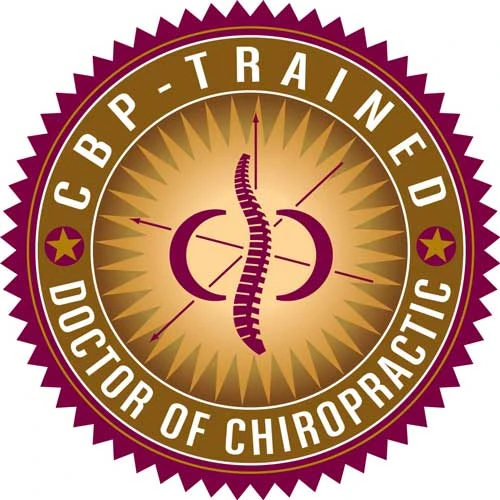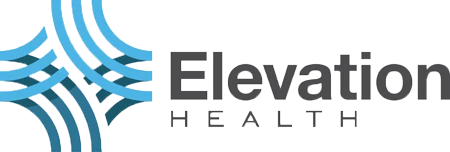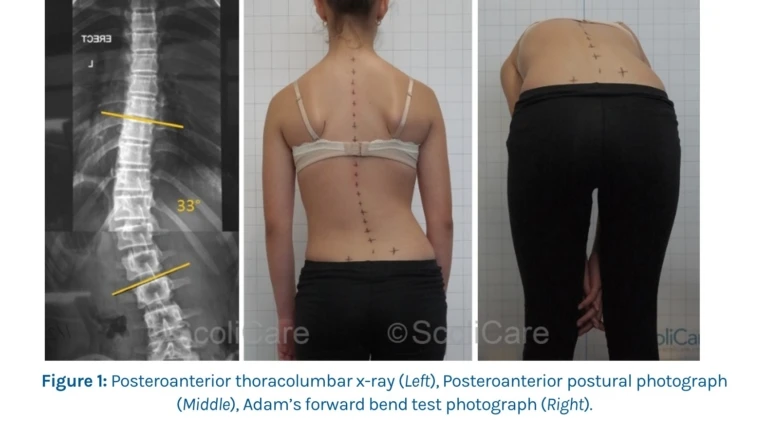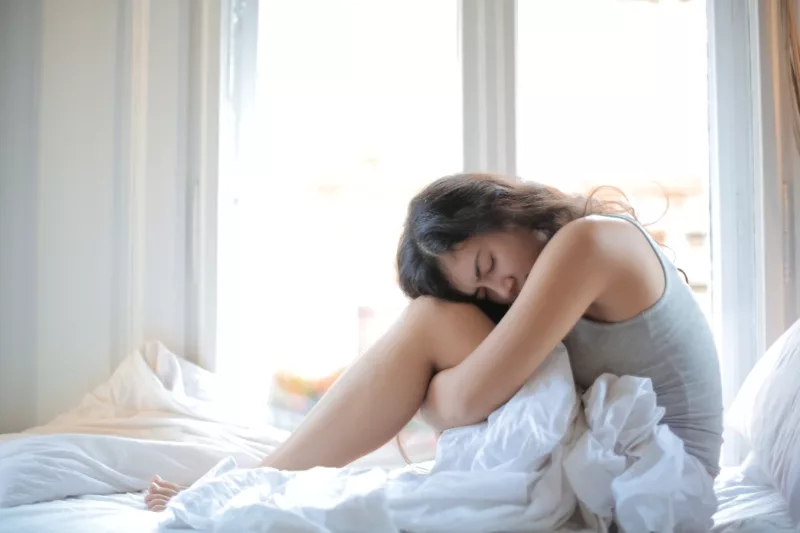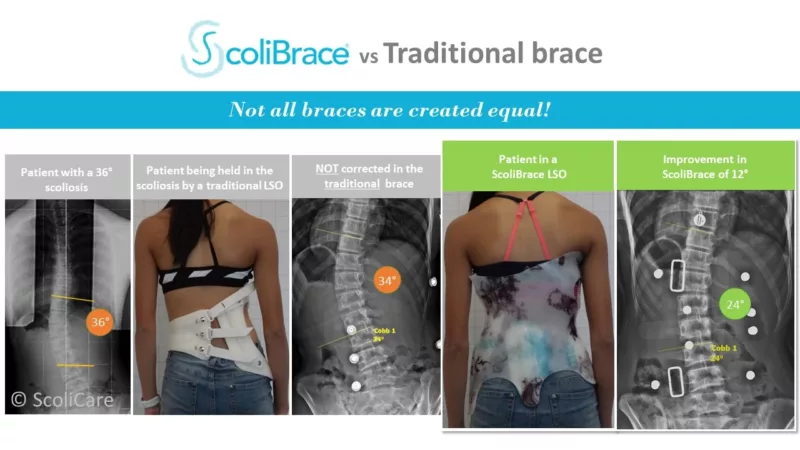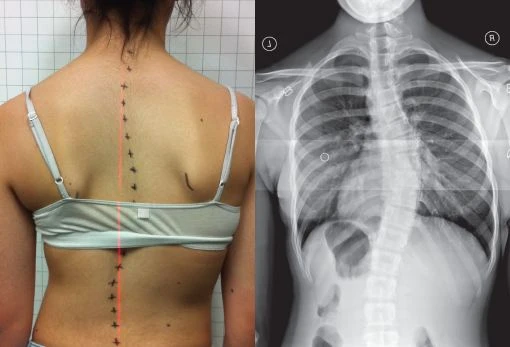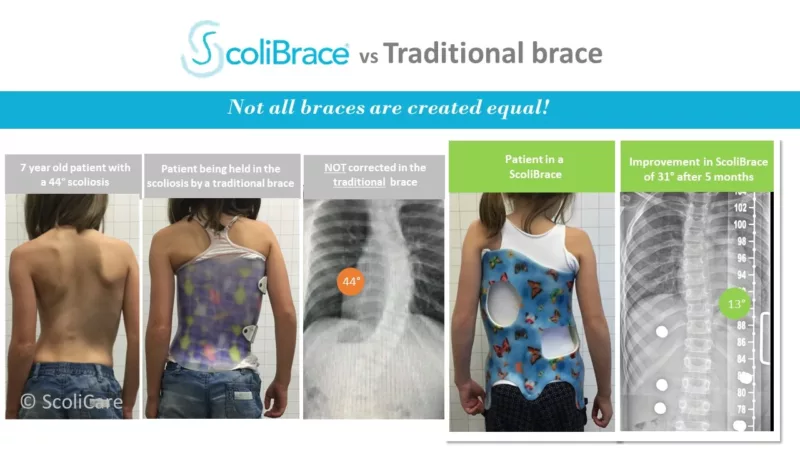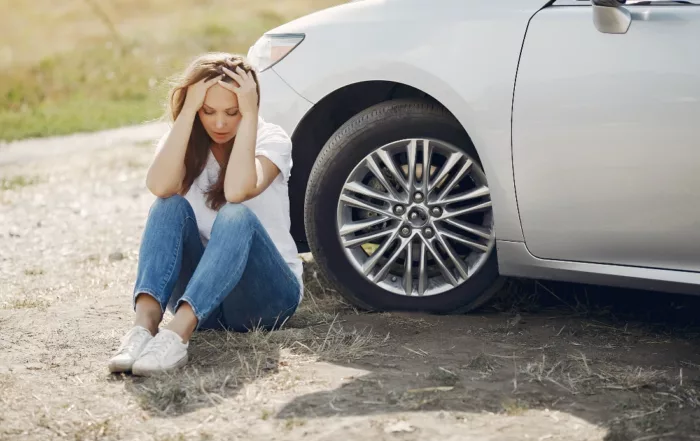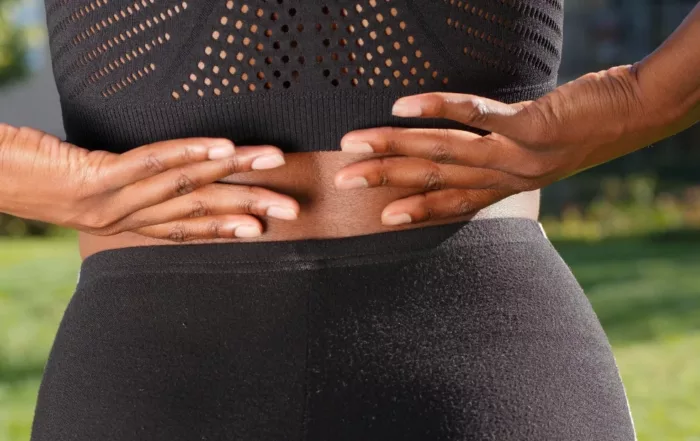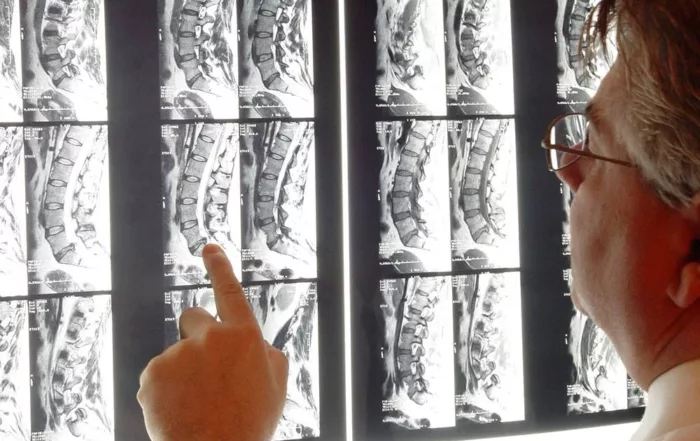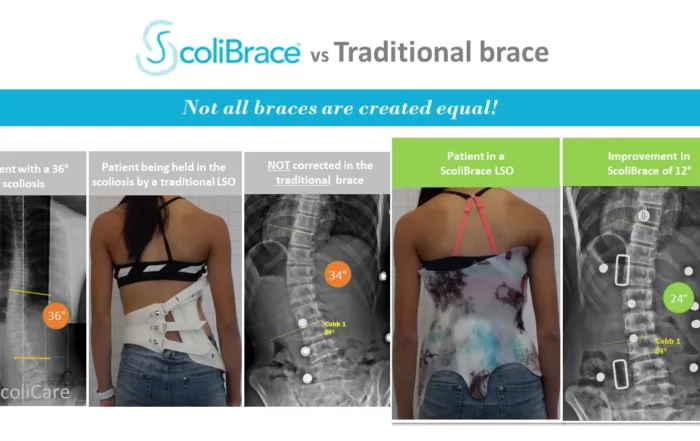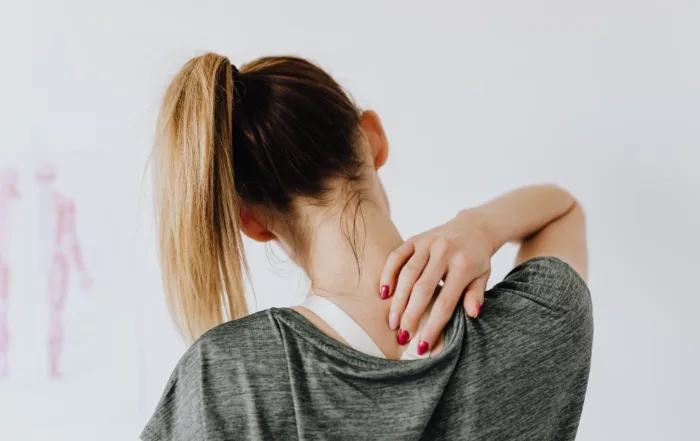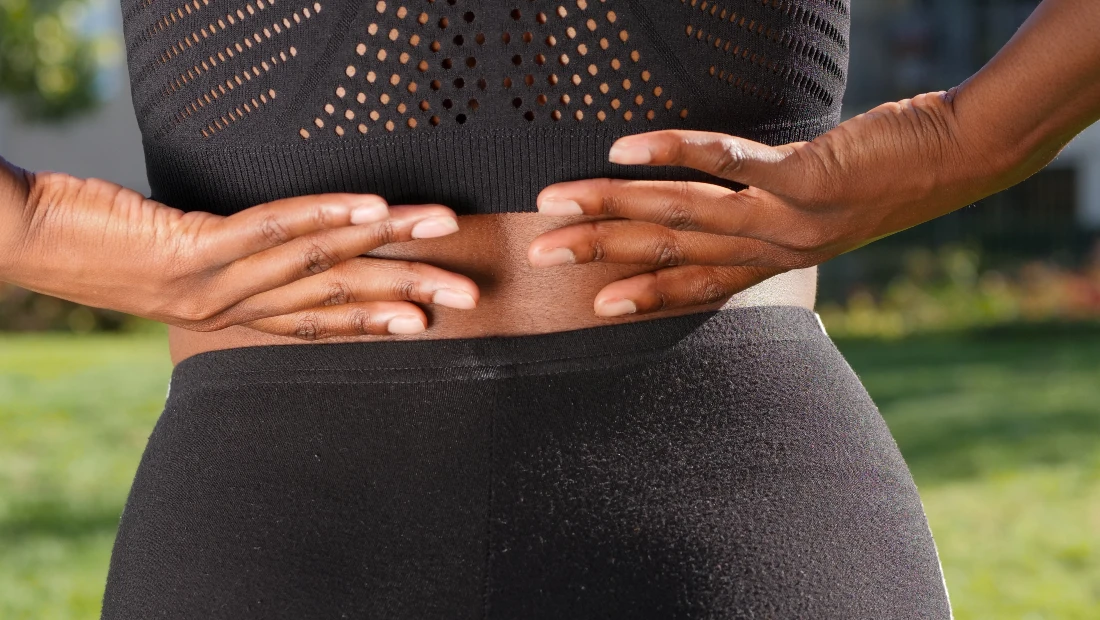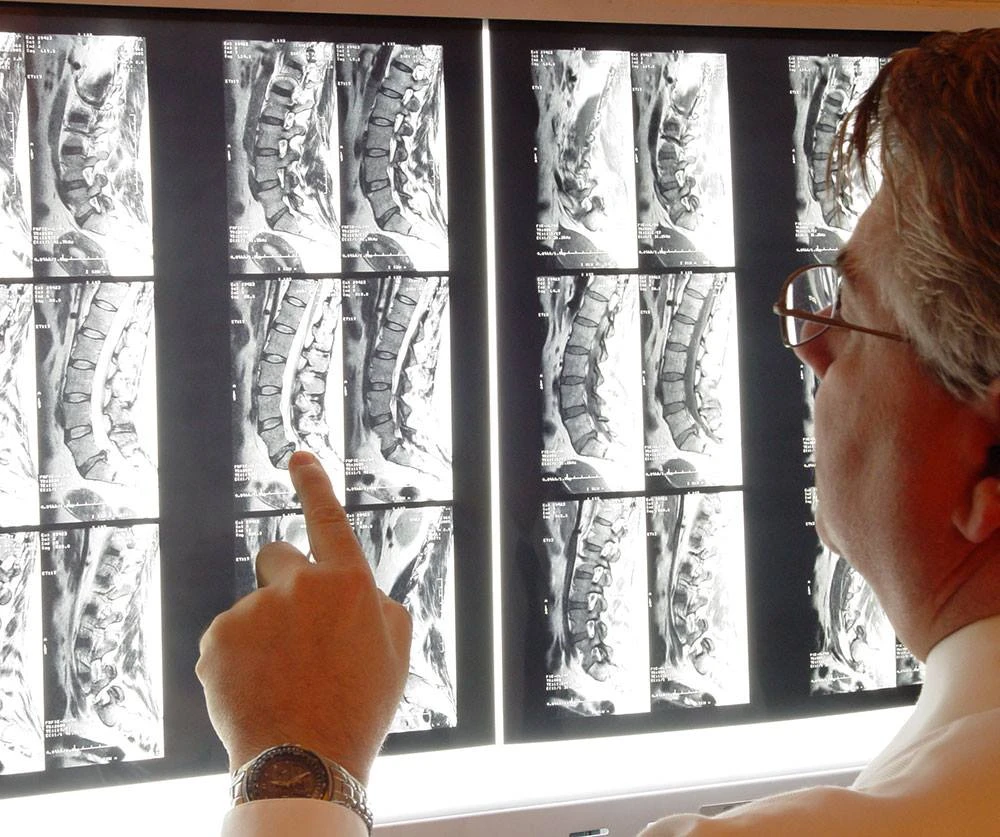Share This Story, Choose Your Platform!
Scoliosis Side Effects: What You Need to Know
Scoliosis, a condition that causes a severe curvature of the spine, can be a complex condition to manage. But what are the side effects of scoliosis? And what should you do if they occur? This blog post will help answer those questions and more. Keep reading to learn more about the potential side effects of scoliosis and what you can do to treat them.
The Side Effects of Scoliosis
The side effects of scoliosis can range from mild or severe, and may be dependent on the severity and type of curvature. The most common side effects include:
1. Back Pain
Back pain is a common side effect of scoliosis. This is because the curvature of the spine can put added pressure on the back muscles and ligaments.
As the body tries to balance the posture with the abnormal curvature of scoliosis, muscles have to overwork to correct the balance. This also adds stress to other tissues of the spine including ligaments, tendons, and the vertebra. This abnormal stress leads to changes in the spinal tissues and alignment, increases muscle weakness, and can cause a progression of the scoliosis.
Difficulty with performing daily activities is common, and often people avoid activities due to pain. Certainly, the spine is more stiff an less flexible when scoliosis is present.
In adults, these abnormal stressed to the body tissues and bone lead to adult degenerative “De Novo” scoliosis, accompanied by advancing arthritic change and deformity. Back pain, neck pain, and leg pain are often present.
2. Headaches
Headaches are another common side effect of scoliosis. They can be caused by the curvature of the spine itself, as well as by the muscles and ligaments that are used to support it. In some cases, headaches may signify that scoliosis is becoming more severe. Although spinal deformity does not often occur in the neck, the abnormal curvatures in the upper and lower back cause the neck to adapt in it’s position to maintain the head level. This adaptation includes muscle spasm and tension in the supportive soft tissues, and includes abnormal weight distribution on the vertebrae and discs.
3. Difficulty Breathing
When the curvature of the spine becomes moderate to severe, the rib cage also deforms. As this occurs, compression of the heart and lungs occurs and can cause difficulty breathing and even affect heart function. This is because the scoliosis constricts the lungs and heart making it difficult to take in a full breath of air. This can lead to shortness of breath, decreased oxygen intake, and feeling tired all the time.
4. Joint Pain
Joint pain is another common side effect of scoliosis. As the spine adapts to the vertebral deformity, abnormal joint alignment and function causes inflammation and increased “wear and tear” to the joints, leading to degenerative arthritic changes. A progressing scoliosis causes more pain, and more degenerative changes as time goes by.
5. Negative Impact On Posture
Scoliosis is a spinal deformity that causes severe changes to posture. This is because the curved spine can make it difficult to stand up straight. Some people lean more to one side when the scoliosis is unbalanced. Both can lead to back pain and fatigue.
6. Issues With Balance And Equilibrium
Scoliosis can also cause issues with balance and equilibrium. The condition can affect the way that the body moves and balances itself. This can lead to clumsiness, falls, and injuries.
These are just a few of the potential side effects of scoliosis without any treatment or intervention. In other words, these are conditions that may worsen as the curvature of the spine progresses. If you or your child have been diagnosed with scoliosis, it’s essential to be aware of these potential problems and monitor them on an ongoing basis. Early detection and treatment may help stabilize the spine and reduce the curvatures. This may improve balance and function.
If you notice any new or worsening symptoms, be sure to bring them to the attention of your doctor or healthcare provider right away.
The Side Effects of Scoliosis Surgery
The side effects of surgery as a scoliosis treatment include:
1. Pain
Pain is the most common side effect of scoliosis surgery. It can be managed with medication, but some patients may experience chronic pain.
2. Infection
Infection is a rare, only in serious complication of scoliosis surgery. Patients are typically given antibiotics to prevent infection.
3. Nerve Damage
Scoliosis surgery can sometimes cause nerve damage, leading to numbness, tingling, or weakness in the arms or legs.
4. Blood Clots
Blood clots are a potential complication of any surgery, and scoliosis surgery is no exception. Patients are usually given blood thinners and compression socks to prevent blood clots from forming.
5. Respiratory Problems
Some patients may experience respiratory problems after scoliosis surgery, such as difficulty breathing or pneumonia. These problems can usually be treated with medication.
6. Hardware Complications
Scoliosis surgery involves the placement of metal rods and screws in the spine by orthopedic surgeons. These metal implants can sometimes cause problems, such as pain, nerve damage, or infection.
7. Scarring
Scoliosis surgery will leave a scar on the back. The size and location of the scar will depend on the type of scoliosis surgery performed.
8. Emotional Side Effects
The emotional side effects of adult scoliosis surgery can be just as challenging to deal with as the physical side effects. Some patients may feel depressed or anxious after surgery. It is essential to talk to your doctor about any emotional concerns you may have.
Scoliosis Bracing with Scolibrace
Wearing a scoliosis brace has few side effects. The most common is skin irritation. Bracing is meant to hold the spine in it’s opposite posture, or “mirror image”. Studies show that holding the spine in this alignment changes the vertbral growth pattern and helps reduce the scoliosis.
1. Skin Irritation
The most common side effect of wearing a scoliosis brace is skin irritation. Although padding is added to high pressure points to reduce rubbing, brace may rub against the skin, causing redness or chafing. Any reaction like this should be reported immediate to your Scolibrace provider so the brace can be modified to reduce these effects.
2. Skeletal Changes
Another potential good effect of scoliosis bracing is skeletal changes. The brace puts pressure on the spine to reduce the curve. Over time, this can lead to a reduction in vertebral wedging and rotation, and an improvement in the abnormal curvature. This happens in children where bone growth is still occurring.
3. Muscle Weakness
In the past, some types of scoliosis bracing has caused muscle wasting and weakness due to a decreased mobility of the body when wearing the brace. This has not been true of Scolibrace. Scolibrace allows for sufficient movement and flexibility so that muscle wasting does not occur. Muscle function is maintained and no additional rehabilitation is necessary.
4. Nerve Compression
Any numbness, tingling, or even pain should be reported immediate to your Scolibrace Provide. A modification to the brace to reduce pressure can be made and the compression relieved.
5. Emotional Side Effects
Finally, people with scoliosis who wear braces may experience emotional side effects such as body image issues and low self-esteem. This is because the brace can be visible under clothing, and some people may feel self-conscious about their appearance.
Usually, a brace is less obvious these days, and when worn under clothing it is often not noticed.
If the emotional side effects of scoliosis cannot be overcome with the help of your Scolibrace provide working with a child’s parents, counseling may be needed.
FAQs
1. What Are The Long-Term Effects Of Scoliosis?
Long term affects include advanced arthritic change, lack of flexibility, pain, and an inability to perform daily tasks. In severe cases, life expectancy can be reduced significantly.
2. What Are The Options For Treating Scoliosis?
The options for treating scoliosis vary depending on the severity of the condition. In some mild scoliosis cases, people with scoliosis may only need to a nighttime brace. In more advanced cases, bracing may need to be full-time for an extended period. Of course, in advanced cases, people may need to undergo surgery to correct the curve in their spine.
Your Scolibrace provided will determine the type of scoliosis you have, and the risk of progression in each case. Scoliosis bracing is not a “one-size-fits-all” approach, considering that each person’s curvatures are unique to them.
Once the options are decided, the decision to do nothing, brace, or seek surgical intervention can be made based on good and reliable information.
3. Can Scoliosis Be Prevented?
There is no sure way to prevent scoliosis. However, early detection and treatment of the condition can help to minimize its effects and achieve maximum results.
4. What Is Degenerative Scoliosis?
Degenerative scoliosis is a type of scoliosis that occurs as arthritic degeneration occurs. The condition is caused by the wear and tear on the spine that happens over time. Advancing arthitic change causes bony weakness and changes that lead to vertebral wedging and rotation (twisting), the hallmark signs of scoliosis. It can lead to pain and difficulty moving.
5. How Is Severe Scoliosis Treated?
When advanced scoliosis is found, and it exceeds the boundaries of bracing expectations, surgery must be considered as the next step. Surgeries like spinal fusion surgery are used to reduce the curve in the spine and can help to improve a person’s quality of life.
6. What Are The Risks Of Scoliosis Surgery?
The risks of scoliosis surgery vary depending on the type of surgery performed. Some risks include infection, blood loss, and nerve damage.
7. What Are The Side Effects Of Adolescent Idiopathic Scoliosis?
The side effects of adolescent idiopathic scoliosis can vary depending on the severity of the condition. In some cases, people with scoliosis may experience pain in their back or neck and fatigue. In more severe cases, people may experience problems with breathing or posture.
Conclusion
While scoliosis can cause pain and discomfort, several treatments are available to help ease these symptoms and improve the scoliosis. It is essential to monitor the condition carefully, as it can progress and cause more severe problems.
If you are concerned about your child’s health or think they may have scoliosis, talk to your Scolibrace provider. Early diagnosis and treatment can help prevent the condition from progressing and ensure your child
How Is Scoliosis Diagnosed? An Ultimate Guide
How Is Scoliosis Diagnosed? An Ultimate Guide Scoliosis is a condition that affects the curvature of the spine. It can be caused by various ...
Should I go to a chiropractor after an accident?
Should I Go To A Chiropractor After An Accident? If you've been in a ...
Degree Of Severity Of Scoliosis | Mild, Moderate, Severe
Degree Of Severity Of Scoliosis | Mild, Moderate, Severe Scoliosis is a spinal condition that can cause curvature of the spine. There are three degrees of severity ...
Scoliosis Treatment In Adults | An Ultimate Guide
Scoliosis Treatment In Adults | An Ultimate Guide If you have been recently diagnosed with scoliosis or are a loved one of someone who ...
Scoliosis Side effects: What you need to know
Scoliosis Side Effects: What You Need to Know Scoliosis, a condition that causes a severe curvature of the spine, can be a complex condition to manage. But ...
How to fix a bulging disc on your neck?
How to fix a bulging disc on your neck? How to fix a bulging disc on your neck? If that's the question in your mind, you are at ...
Address
6216 S. Redwood Rd. Taylorsville, UT 84123
